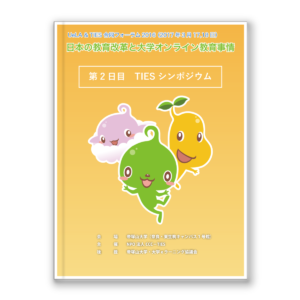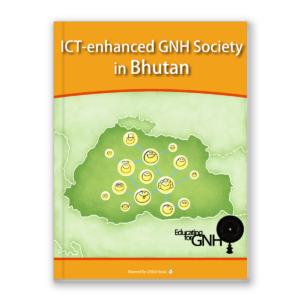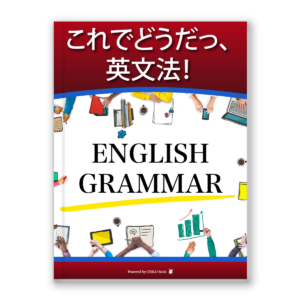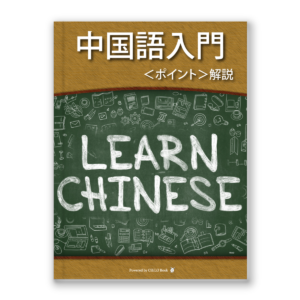ICT-enhanced GNH Society in Bhutan
Author:Akinobu Kawai, Tshering Wangdi, Chimi Dorji, Paljor Galay and Tsuneo Yamada
Affiliation:The Open University of Japan, Sherubtse College, Royal University of Bhutan
Bhutan is located in southern Asia between China and India. In 1972, the Fourth King of Bhutan noticed economic wellbeing does not usually result in an equitable society. Bhutan needed a development philosophy to balance economic development with the emotional and spiritual well-being of the people. Gross National Happiness (GNH) was prioritized as the development philosophy rather than Gross National Product (GNP). Today, GNH as a developmental paradigm is seriously implemented in all areas of the development including higher education and ICT. ICT can affect the achievement of the component goals of Gross National Happiness. The concept of ICT-enhanced GNH society has become an interesting aspect of Bhutanʼs progress towards the goal of GNH. In this course, the GNH practices in Bhutan and the expected contributions of ICTs are introduced and the issues remained will be discussed.
Professor OBA's "This is IT! The English Grammar for Japanese Learners!"
Author:Masaya OBA
Affiliation:Yokohama National University
Professor OBA's ”This is IT! The English Grammar for Japanese Learners!” (FREE) Learning the minimal amount of daily English expressions, you can grasp how the system of English language works. This e-learning material will sure make your English sharp and smart. You can download this e-book through <OBA's official website> as well as CHiLO Library. You might please contact KEP( toshio@kepnet.co.jp ) if you are a teacher and want a more sophisticated Moodle version (PAY) in which you can keep the learning histories and make your own quizzes for your students. Please have fun!
"Introduction to Chinese" <Key points> Explanation
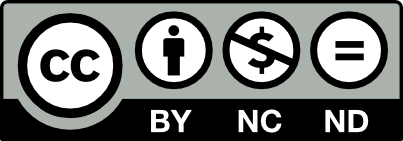
Author:Onishi Tomoyuki
Affiliation:Tezukayama University
Video clips included to explain the grammar key points of each unit of the textbook ”Introduction to Chinese” (by O TORAN and ONISHI TOMOYUKI, Hakuteisha Publishing) created by Tezukayama University. Pronunciation exercises are included and best for studying before classes. Combinational use of web version textbook ”Introduction to Chinese” ( http://tzkym.net/nyumon/ ) is recommended for deeper understanding
TIES SYMPOSIUM “PRESENT STATE AND FUTURE OF ONLINE EDUCATION IN JAPAN”
OER Collection

Author:NPO CCC-TIES
Affiliation:NPO CCC-TIES
Open Educational Resources(OER) are teaching, learning, and research resources that educational institutes and others provide for free of charge to support access to knowledge. In the OER Collection series, we present some of the high-quality OER created by various institutes around the world as e-books “CHiLO Book” adding written scripts and quizzes.
Princess Rin Rin
Author:National Institute of Informatics, Information Security Policy Promotion Committee for Higher Education Institutes
Affiliation:National Institute of Informatics, Information Security Policy Promotion Committee for Higher Education Institutes
Hello, everyone. This is Kitsuregawa of National Institute of Informatics. These days, in addition to TV, radio, newspapers, and books, we can easily access to various information from the vastly spreading use of the internet and mobile phones. But on the other hand, trouble seems to increase. There are uncountable numbers of problems such as; computer virus, hacking, internet communication problem, unauthorized disclosure of personal information, phishing scams, and bank transfer scams, involving people from children to adults. There are rules to be observed and measures to be taken in the society we live. Princess Rin Rin will introduce those norms and countermeasures. To tell you the truth, I invited Princess Rin Rin from the future world. Princess Rin Rin lives in is a terrible world with computer viruses widely spreading, no rules in using the computers, tons of false information, and information crimes frequently occurring. We must learn from Princess Rin Rin now to make our future a brighter one. If we start now, it is possible to create the world without these problems!
Basics of University-Level Mathematics

Author:Nobuko Igaki
Affiliation:Kwansei Gakuin University
Learn about basics of university-level mathematics, such as precalculus and the appearance of linear algebras. This course sets mind mainly on understanding math as a story and in understanding the idea of mathematics rather than improving computation skills.
Scientific Way of Decision-Making

Author:Nobuko Igaki
Affiliation:Kwansei Gakuin University
In this course, we will think about how to start taking actions under a specific circumstance to make a decision. In other words, it is practice to make clear what kind of problem you are trying to solve. When the issue is clarified, use Excel to do business simulation. Think throughly to dirive the best answer. In this way, we train ourselves by continously repeating the whole process of decision-making.
Introduction to Calculus

Author:Takao Namiki
Affiriation:Hokkaido University
Introduction to calculus is an introductory course of calculus for liberal arts students. After mentioning specifically about function: the limit of function and concept of continuous function, we will move on to the differentiation of a single variable function. Learning various differential calculus, we will deal with maximum/minimum single variable function as an application.
Cultural Exchanges in Ancient Asia

Author:Uno Takao
Affiliation:Tezukayama University
The lecture on cultural exchanges in ancient Asia covers a broad range in both geographical area and period. It is a big challenge to deal with such issues, but the cultural exchanges held in the Asian region is thought to be crucial for the human history. Enjoy learning the Asian history with this course.
How Computers Work II "Computer Structure Part"
Author:Yoichi Okabe
Affiliation:The Open University of Japan
These days, people are using home appliances without knowing its principles. The aim of this course is to let people understand at least the principles of how computers work and its operating principles. The explanation may be in considerable detail, so that this course may be somewhat challenging for beginners. On the contrary, this course includes enough information for learners to design a computer. Do not get upset if you cannot understand the contents. Let's start with learning the outline.
Nihongo Starter A1
Author:OUJ-JF “NS-A1”
Affiliation:OUJ-JF “NS-A1”
These material s were develpoed for non-native Japanese speakers who are preparing to come to Japan to study. International students can learn basic Japanese with these materials which take up various topics and scenes that sudents may encounter when they come to Japan. The main character is an interantional student at a science and technological university but the content is general so it also applies to other areas and can be used by the student's family aswell. Now, let's begin studying Japanese.
How Computers Work I "Theory Circuit Part"
Author:Yoichi Okabe
Affiliation:The Open University of Japan
These days, people are using home appliances without knowing its principles. The aim of this course is to let people understand at least the principles of how computers work and its operating principles. The explanation may be in considerable detail, so that this course may be somewhat challenging for beginners. On the contrary, this course includes enough information for learners to design a computer. Do not get upset if you cannot understand the contents. Let's start with learning the outline.
Introduction to Information Network I

Author:Shinji Hioki
Affiliation:Tezukayama University
The internet has now grown to be a worldwide network. For example, from small computers such as personal computers to large-scale, powerful computers such as servers are all connected to the internet. Also, we are at the age where mobile phones and general phones are attached to the network. Nowadays, even home appliances connected to the internet are gradually increasing. This course is aimed at understanding the basics of the information network.
